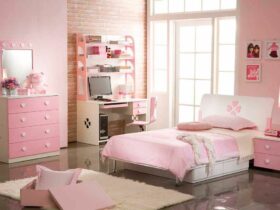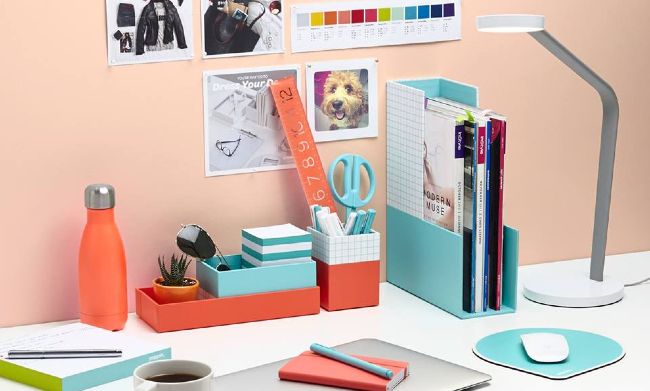Are you unable to choose between tempered glass and laminated glass for your home or business? When it comes to architectural glass, picking the right type of glass is crucial to ensure your safety. Deciding between tempered glass and laminated glass products can be challenging because most homeowners and business managers have little knowledge of glass products. Glasses are available in a variety of types, and each has distinct advantages and disadvantages.

With advancements in technology, specialized glass types are now being produced that offer many benefits for the homeowner or the office worker. Architectural glasses perform multiple functions besides providing an aesthetic and structural solution. As a crucial architectural element, glass structures keep the space energy efficient, private, and noise-proof. However, glass doors and windows also make buildings susceptible to burglaries. So, to ensure better security, safety glasses are used.
Tempered glass and laminated glass are the two most popular glass types in the market. You might have heard about these two glass types by deciding which one to use where your home or office could be a tricky prospect. So, this post will help you in picking the right glass type for your specific application. Here’s a quick guide to understanding these two types of glass and their applications.
Laminated Glass and Its Applications
Laminated glass is a type of safety glass that has multiple layers. This glass type consists of two or more panes of annealed glass joined together by a layer of plastic or polyvinyl butyral (PVB). This glass type’s manufacturing process involves treating the glass to expel air pockets, initial heating for melting, and then heating under pressure to create a finished, bound product. This process makes the laminated glass extremely durable and impact-resistance. By adding multiple layers, also offers sound dampening and UV-light reduction. In case of breakage, the glass doesn’t shatter as the laminate holds the broken pieces together.
Ideally, this type of glass is used in the most vulnerable places in the house or the office. Initially used in car windshields to prevent accident injuries, these glasses are now commonly used for the windows of tall buildings, skylights, balconies, and frameless glass railings. It is noteworthy here that both tempered and laminated glass offers strength and breakage-resistance. However, in addition to breakage-resistance, laminated glass also provides UV-resistance and soundproofing.
Tempered Glass and Its Applications
Tempered glass is a piece of regular, annealed glass that is treated to make it strong. It gets high-strength and safety properties from a heating and cooling procedure called “tempering.” In this process, the glass undergoes heating and cooling simultaneously. This instant quenching creates tension to increase the strength of the glass. When a scorching glass is cooled quickly, it hardens the glass and makes it four to five times stronger than ordinary glass. If broken, the tempered glass may shatter into small powder-like blunt pieces or a web-like interlocking pattern. In both cases, the broken pieces are not injurious.
Tempered glasses are often used for facades, table-tops, canopies, washbasins, and shower enclosures. This glass is less expensive than laminated glass, but tempered glass cannot be repaired if it gets damaged.










